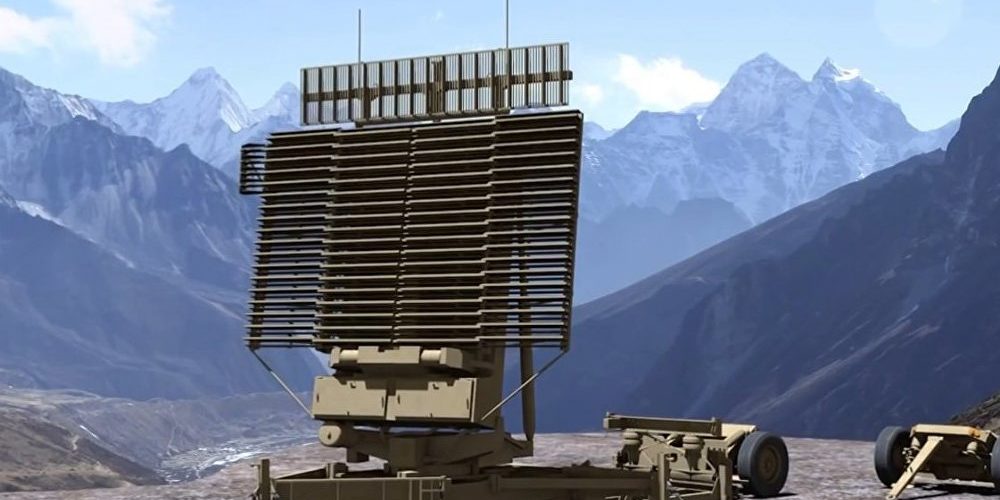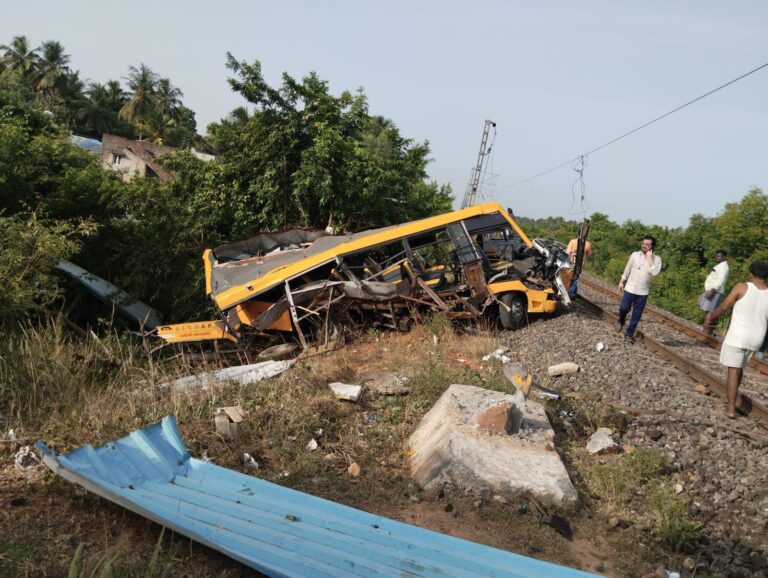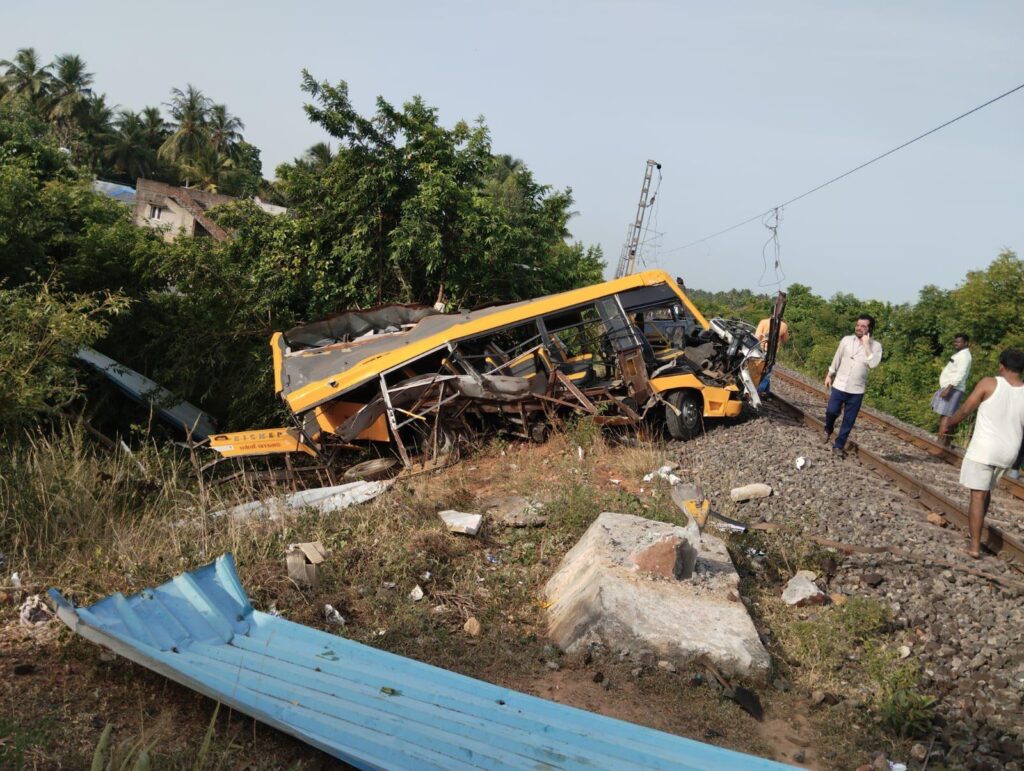Pakistan Deploys TPS-77 Radar Near India Border
Pakistan has quietly deployed advanced TPS-77 radar systems near the India-Pakistan border in Sialkot, Following the tragic Pahalgam terror attack in Jammu and Kashmir, signaling heightened alertness amid fears of an Indian airstrike. This move has escalated tensions along the Line of Control (LoC), raising concerns about potential conflict. What does this deployment mean, and how could it impact India’s defense strategy?
What Is the TPS-77 Radar System?
The TPS-77 Multi-Role Radar (MRR), developed by Lockheed Martin, is a highly advanced surveillance system used globally for air traffic monitoring and military situational awareness. Known for its mobility, the radar can be transported via C-130 cargo planes, helicopters, trucks, or trains, making it adaptable for rapid deployment. With a range of over 400 kilometers, the TPS-77 can detect long-range aerial threats up to 463 kilometers and low-altitude targets up to 150 kilometers. Its Gallium Nitride (GaN) technology ensures high reliability, low power consumption, and extended operational life, making it a critical asset for modern warfare. Pakistan’s deployment of this radar near Sialkot enhances its ability to monitor airspace over Jammu and Kashmir.
Why Move TPS-77 Radars to Sialkot?
Pakistan’s decision to position TPS-77 radars in Sialkot, just 58 kilometers from the international border, is a strategic response to recent developments. The Pahalgam terror attack on April 22, 2025, which killed 26 people and injured several others, has reignited public outrage in India and prompted Prime Minister Modi to vow strong retaliation. Fearing a repeat of the 2019 Balakot airstrike, where Indian Air Force (IAF) jets struck a terrorist camp in Pakistan, Islamabad is fortifying its defenses. Sialkot’s proximity to the border allows Pakistan to closely monitor Indian airspace, particularly over Jammu and Kashmir, where cross-border tensions are high.
Pakistan recently established a TPS-77 radar site at Chor Cantonment, just 58 km from the international border. The TPS-77 is a multi-role radar used globally for air surveillance and situational awareness. pic.twitter.com/gKJgn6OGlc
— Defence Core (@Defencecore) April 29, 2025
Additionally, Pakistan has deployed electronic warfare units near Ferozepur to track Indian military movements, further indicating a state of high alert.
What Does This Deployment Signify?
The deployment of TPS-77 radars is both a precautionary and deterrence measure. By positioning these systems near the border, Pakistan signals to India and global observers that it is prepared for any potential military action. This move comes amid reports of Pakistan violating the ceasefire along the LoC for five consecutive days, with unprovoked firing in Kupwara, Baramulla, and Akhnoor sectors. The radar deployment may also reflect Pakistan’s concerns over credible intelligence suggesting imminent Indian military action. While Pakistan denies involvement in the Pahalgam attack, its rapid defensive measures suggest a fear of retaliation. This action underscores the delicate balance of power in the region, where both nations remain on edge.

Complications for Indian Strategic Planning
The TPS-77 radar significantly enhances Pakistan’s early warning capabilities, posing challenges for the IAF and India’s defense forces. With improved detection of aircraft and potential missile threats, Pakistan can respond more quickly to any cross-border operations. This development forces India to adapt its strategic planning, potentially requiring adjustments to flight paths, the use of radar-jamming technologies, or the deployment of stealth operations to evade detection. The 2019 Balakot airstrike succeeded partly because Pakistan’s radar coverage had gaps, as evidenced by the undetected BrahMos missile misfire in 2020. The new TPS-77 site in Chor Cantonment closes some of these gaps, raising the cost and complexity of any future Indian military action. India must now invest in advanced countermeasures to maintain its strategic edge.
Pakistan’s deployment of TPS-77 radars near the India-Pakistan border in Sialkot reflects a state of heightened vigilance following the Pahalgam terror attack. As tensions along the Line of Control continue to simmer, this move signals Pakistan’s intent to deter potential Indian airstrikes while enhancing its airspace monitoring capabilities. For India, the radar deployment complicates strategic planning, necessitating advanced countermeasures to ensure operational success. As both nations navigate this volatile period, the risk of escalation remains a concern for defense watchers worldwide.





















